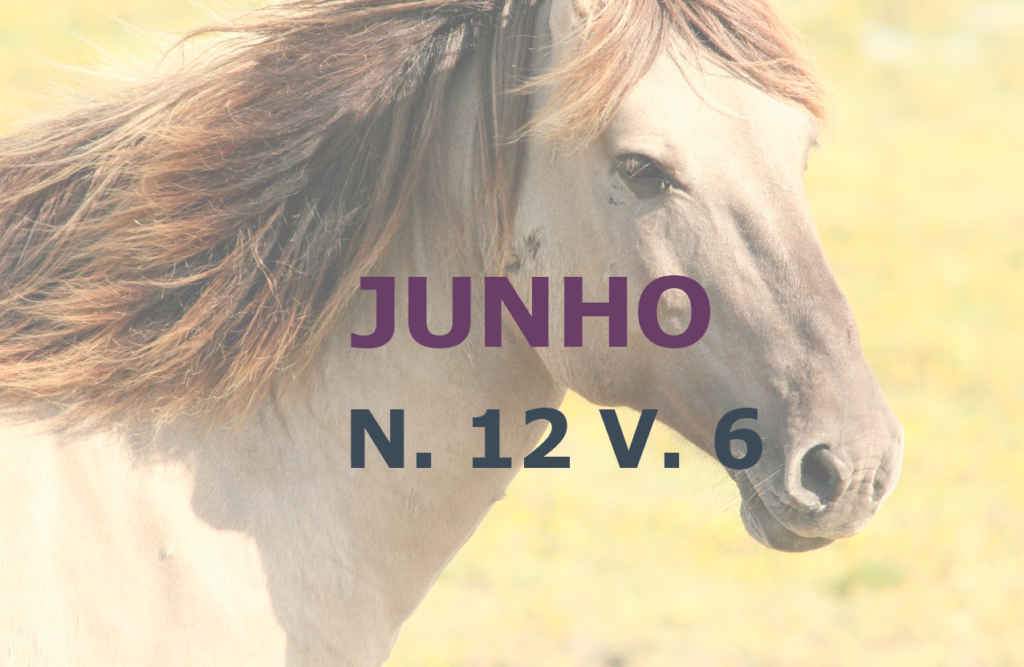Intestinal morphology and body development of Rhamdia quelen (gray-pink) and Astyanax altiparanae (gray-pink)
DOI:
https://doi.org/10.22256/pubvet.v12n6a104.1-9Keywords:
Feeding, pisciculture, fishAbstract
The aim of this study was to assess the intestinal and body development of fingerlings of Rhamdia quelen (gray-pink) and Astyanax altiparanae (gray-pink). The water quality parameters during the experimental period was around of 25ºC, 4 to 8 ppm of dissolved oxygen, pH 7.0, 3.5 ppm of ammonia and 1.75 mgL-1 of nitrate. The elevated quantity of ammonia and nitrat may be toxic to fishes. Jundiá gray obtained significant positive results by the Tukey’s test (p<0,01) to survival rate, ration consumption, food conversion and number of villi by image capture field, in comparison to pink variation. The height of villi observed in the image capture field of Jundiá gray was lower (p<0,01). R. quelen pink exhibited only 30% of survival rate (p<0,05), on the other hand, the ones that survived obtained higher muscle mass (p<0,01) to R. quelen gray. On the A. altiparanae development, the differences was not significant on the early 30 days of the experiment, however, the end of experimente (60 days), they showed considerable differences to survival (p<0,05), where the A. altiparanae pink had higher exhibited survival rate in comparison to A. altiparanae gray, this had a higher weight gain index and ration consumption than pink variation (p<0,5), however the food conversion was not differed. A. altiparanae showed characteristic intestinal morphology of omnivorous fishes, with villi without significant differences between the both variations of the specie, A. altiparanae pink still got the presence of a intestinal parasite, which it may be influenced in your zootechnical development. R. quelen gray demonstrated to be the most indicated variation to large-scale breeding on Pisiculture, by to presente good adaption to management and resistence to high variation rates of ammonia and nitrate. R. quelen pink may be utilized to ornamental uses, for your beauty, however this R. quelen variation requires more studies of ambience, which results of unfeasible survival to pisciculture in large-scale. The variations of A. altiparanae demonstrated easy adaption to environment, wich the gray coloring by presenting better results in body gain and ration consumption is considered the most indicated to lambariculture, although A. altiparanae pink also be used indicated to ornamental use.
Downloads
Published
Issue
Section
License
Copyright (c) 2018 Kátia Kalko Schwarz, Bárbara Leonilda Liporini Cunha, Rodrigo Pereira dos Santos Angelo

This work is licensed under a Creative Commons Attribution 4.0 International License.
Você tem o direito de:
Compartilhar — copiar e redistribuir o material em qualquer suporte ou formato
Adaptar — remixar, transformar, e criar a partir do material para qualquer fim, mesmo que comercial.
O licenciante não pode revogar estes direitos desde que você respeite os termos da licença. De acordo com os termos seguintes:
Atribuição
— Você deve dar o crédito apropriado, prover um link para a licença e indicar se mudanças foram feitas. Você deve fazê-lo em qualquer circunstância razoável, mas de nenhuma maneira que sugira que o licenciante apoia você ou o seu uso. Sem restrições adicionais
— Você não pode aplicar termos jurídicos ou medidas de caráter tecnológico que restrinjam legalmente outros de fazerem algo que a licença permita.





